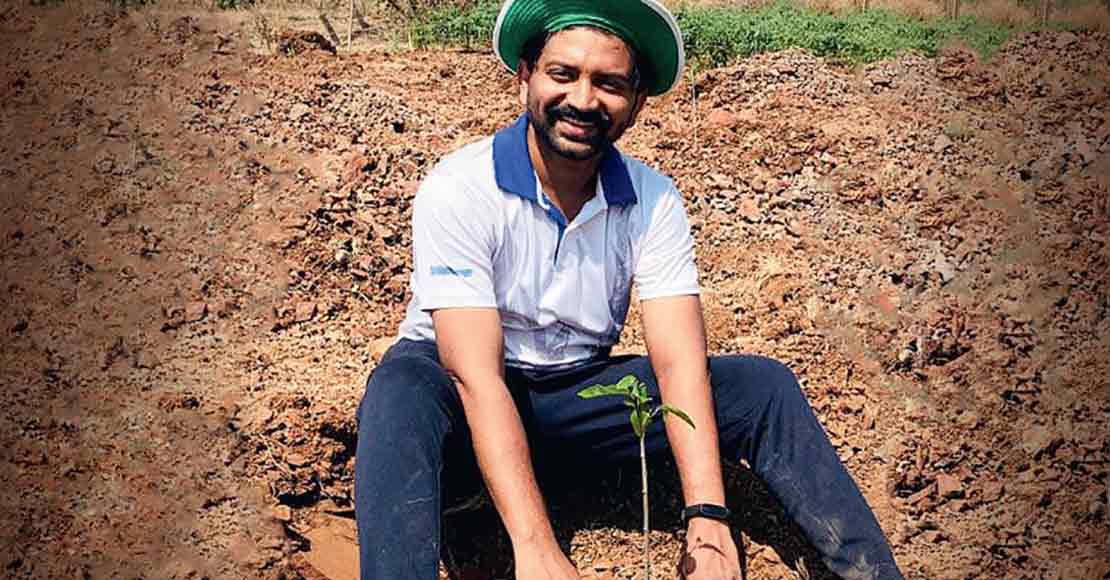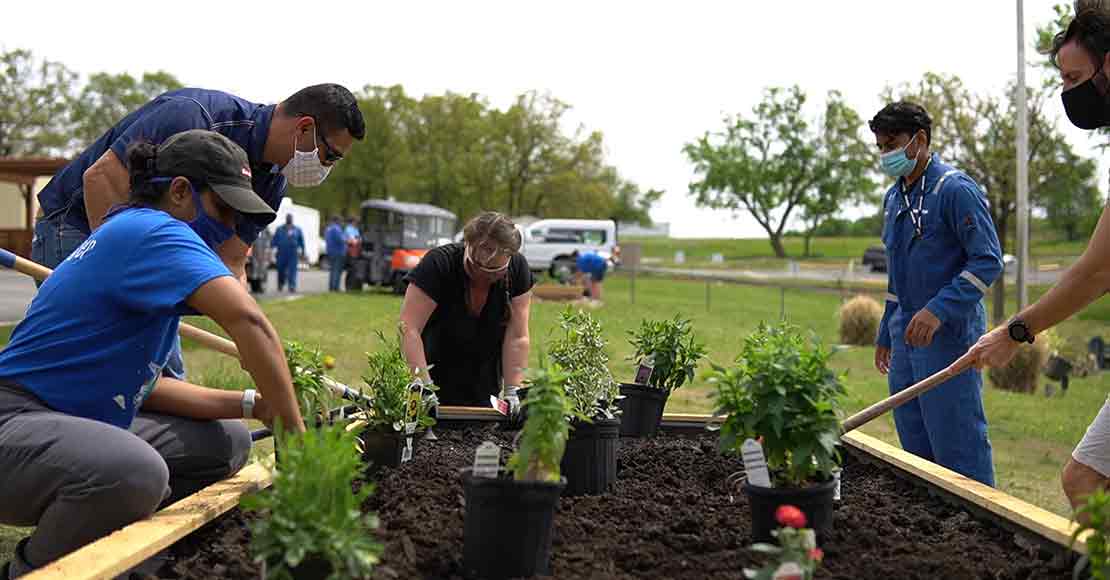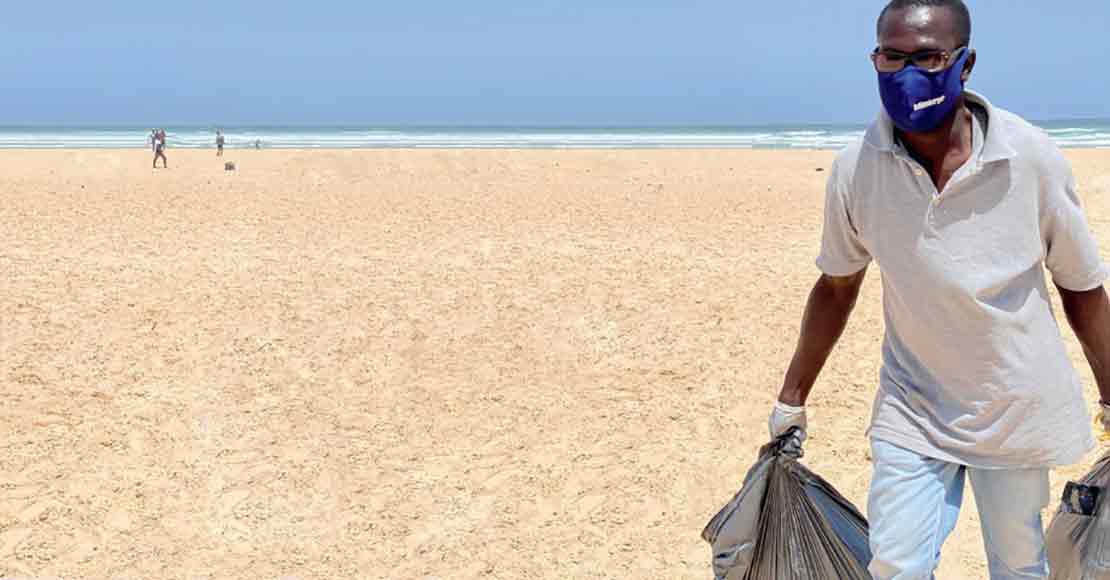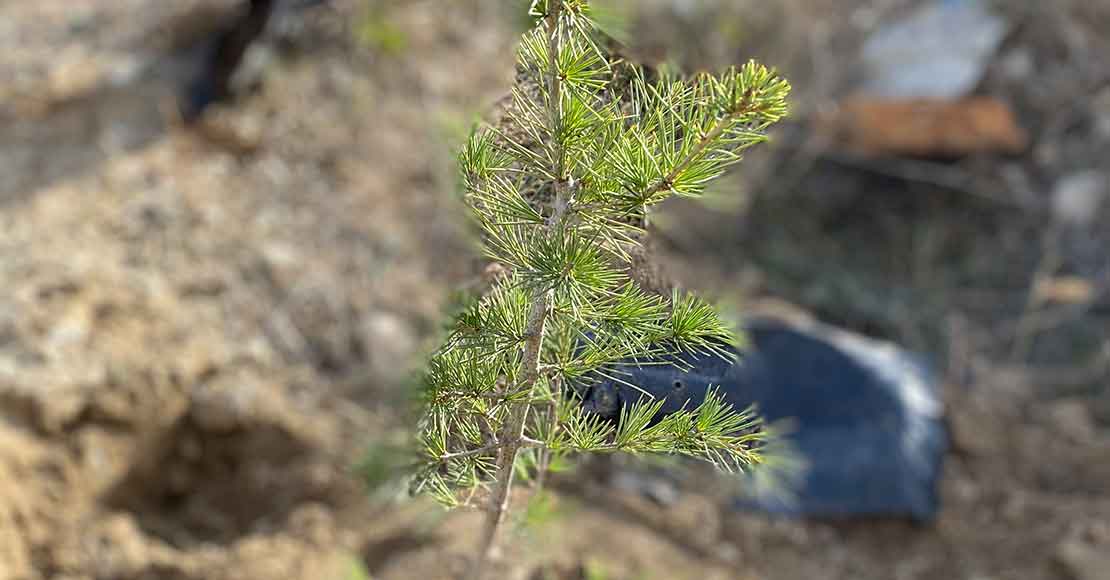Safeguarding biodiversity
Maintaining healthy ecosystems and ensuring the resilience of natural resources in the locations where we operate

As part of our focus on biodiversity, we conduct Environmental Impact Assessments (EIAs) at our sites and operational bases. We have prioritized our understanding of EIAs conducted in higher risk biodiversity areas to enhance and evaluate our actions. Building on our biodiversity risk assessment, conducted with the World Wildlife Fund Biodiversity Risk Tool, we have surveyed sites to refine our approach for assessing potential biodiversity risks and determining the effectiveness of our mitigation programs.
Measures are taken to avoid interactions with wildlife to prevent potential health and safety incidents associated with our activities and operations. Furthermore, activities are planned to avoid disruption of wildlife movements and habitats. In locations where wildlife interactions cannot be avoided, arrangements are made to accommodate movements to minimize potential harm.
Appropriate risk controls are applied when SLB operates in environmentally sensitive areas, including areas that have the potential for impact to wildlife or where operations could possibly introduce invasive species or could impact a large body of land or water. We aim to preserve the indigenous vegetation of the land when we build worksites and use native plants and species when rehabilitating worksites.
Environmental assessments are conducted prior to acquisition and entry onto new facilities, to evaluate past and current impacts to soil, bodies of water, and any environmentally sensitive receptors as part of the due diligence process. Minimum setback distances or restrictions are put in place for activity infrastructure in proximity to flood-prone areas, watercourses, wetlands, and individual and public water supplies. During the disassembly of surface facilities or equipment, land contamination is avoided by using ground protection measures inclusive of secondary containment and impermeable layers.
SLB endeavors to use existing infrastructure to avoid or reduce the need for land clearance for construction and seeks to avoid environmentally sensitive areas when building new infrastructure. Any new SLB facility or developed technology is designed to minimize its physical footprint. We strive to minimize environmental disturbance, restrict the movement of machinery and equipment during work activities, plan land restoration, and schedule activities that may cause disruption and disturbance to wildlife as appropriate to avoid sensitive periods of the year.
Where our customers work in or adjacent to areas that have potential for significant biodiversity impact, we will cooperate with the customer, on a case-by-case basis, to develop measures to minimize impacts and restore biodiversity and ecosystem services.
Planning is undertaken to rehabilitate and restore land associated with our assets and infrastructure to either the condition of the site prior to activities or a condition suitable for the land’s next intended use. Our ecosystem and biodiversity risk management processes and our environmental spill and emergency response procedures set forth that all required remediation and restoration activities occur concurrently with our operations, both at SLB facilities and at our customers’ worksites.
Worksites that show visible signs of the impact of our activities or are known sites of previous spills and releases are remediated, and soil samples are tested to show that the soil has been returned to either the condition of the site prior to activities, or a condition suitable for the next intended use in accordance with commitments made in contracts, permits, and legislation.
Metrics and targets
As part of our ecosystem and biodiversity management plans, we develop measuring and monitoring plans that include, but are not limited to:
- progress toward land restoration objectives
- evidence of positive contributions to conservation efforts, such as outreach programs, education, research, and proactive conservation actions
- allocation and protection of land within the contract area that has been designated for biodiversity conservation and management
- evidence for incorporation of adaptive management of impacts on biodiversity and ecosystems.
We track key environmental metrics internally through our centralized HSE reporting system. Having transparency on this data enables us to better manage our environmental impact.
Local impact




